Butterflies & Moths
As smaller moths and butterflies are often difficult to identify, our information does not cover all varieties to be found in the Park. Our featured moths are limited to those flying during the day too. All of those chosen are likely to be seen at some time during the year. There are many more moths and butterflies that fly at dusk and dawn. These nectar feeding insects demonstrate the remarkable range and diversity of nature when you think about the variety of colour and food sources they cover. There are butterflies and moths flying throughout the year from the aptly named Winter Moth to such strangely named and coloured varieties as Burnet moths in summer which look more like beetles than moths. The few examples shown are just a small number to be seen in the park and as the beetle family has been left out it should be stated that the majority have been ignored. Only those likely to be seen by the casual visitor have been included.
Acknowledgements:
- Butterfly and Moths Conservation Organisation
- Forestry Commission
- British Herpetological Society
Further reading
Concise Guide to the Moths of Great Britain and Ireland, by Martin Townsend & Paul Waring, published by British Wildlife Publishing will help you to identify any larger moths.
This is probably the first major butterfly seen in spring and it shines out on bright spring days flitting from flower to flower. The male has yellow top wings and the female is more white. Both rest with wings closed.
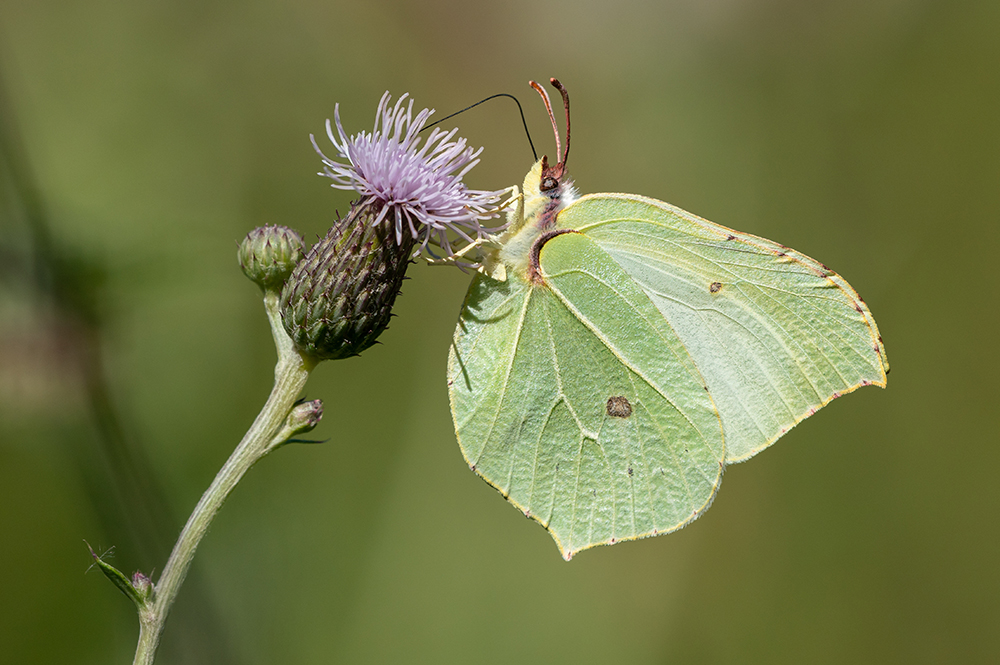
Widespread in England and Wales, starting to colonise Scotland, and occasionally seen in Ireland. Ragged wing edges distinguish this orange and brown butterfly. Undersides are brown with a white mark shaped like a comma.
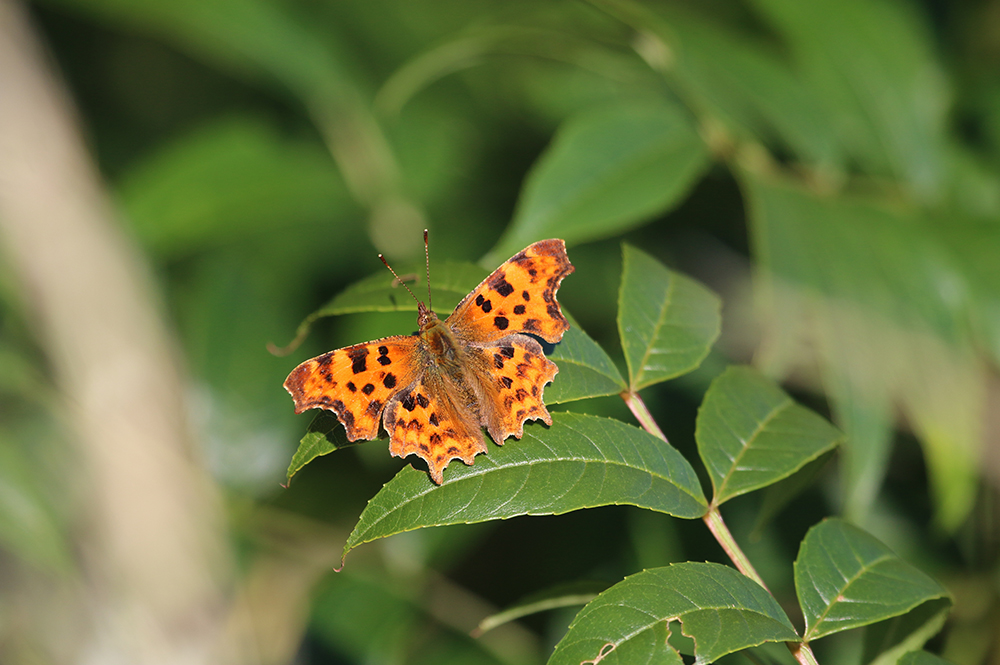
The Common Blue is the most widespread blue butterfly in Britain and Ireland and is found in a variety of grassy habitats. The brightly coloured males are conspicuous but females are more secretive. The colour of the upper wings of females varies from almost completely brown in southern England to predominantly blue in western Ireland and Scotland, but the colour is variable within local populations with some striking examples.
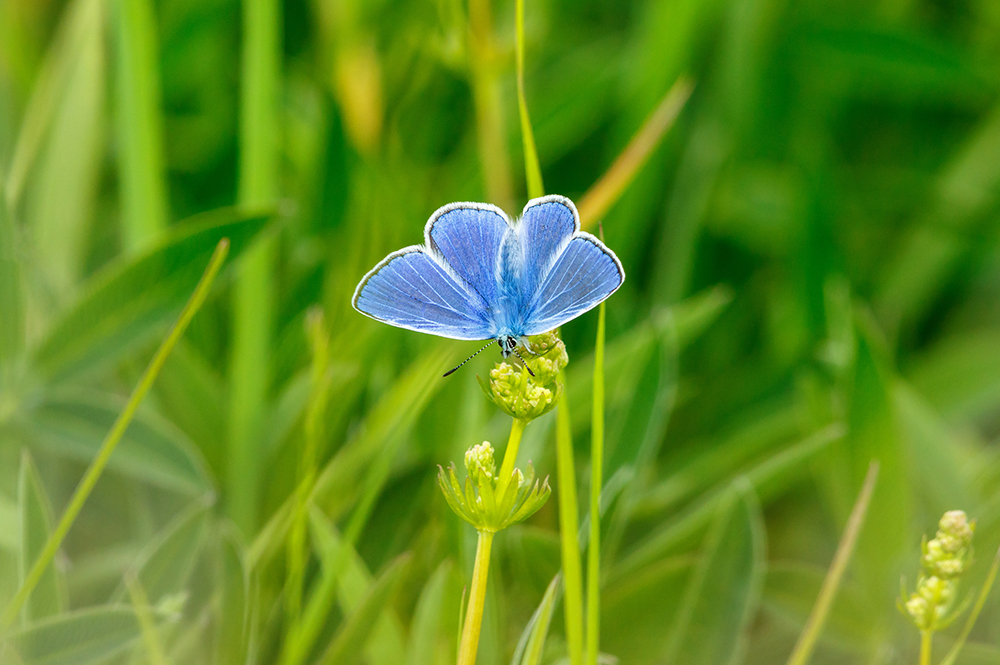
As its English names suggest, the Gatekeeper (also known as the Hedge Brown) is often encountered where clumps of flowers grow in gateways and along hedgerows and field edges. It is often seen together with the Meadow Brown and Ringlet, from which it is easily distinguished when basking or nectaring with open wings. One of their favourite food plants is Ragwort which is found around the edges of the park.
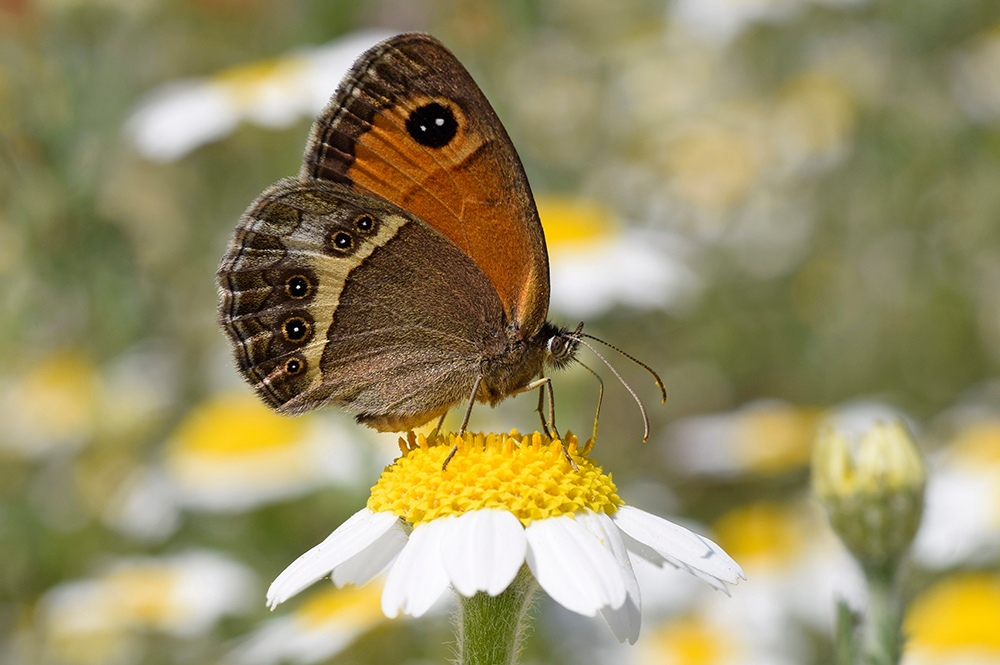
One of the most easily recognised of the British butterflies. The adults overwinter and can be seen on warm days from February onwards. The young, a small black caterpillar, feed on fresh nettles before pupating and there are instances of two broods in one year.

This common butterfly is found all over Great Britain and is very easy to spot with the two broad bands of red with the white spotted tips. They feed on nettles for preference but will often be seen on such plants as buddleia and other flowering plants.
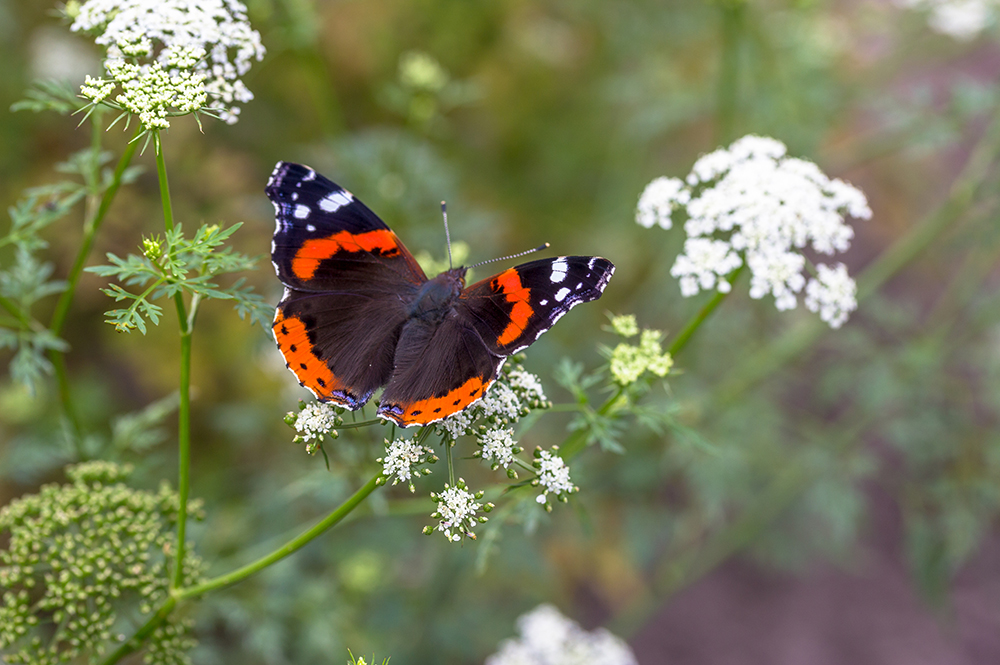
This increasingly common migrant is one of the most common butterflies being found throughout Europe. They are sometimes confused with the comma or the red admiral. It is only seen in the warmer months when they migrate and breed before the adults return south to continental Europe. They feed on thistles and nettles as well as nectar plants such as buddleia.

This is a common and widespread medium sized butterfly of gardens and hedgerows. Males have white wings with orange wing tips. Females are white with black wing tips. Both have mottled green underwings. It feeds on a wide variety of food plants and particularly likes a varied habitat with flowering herbage.
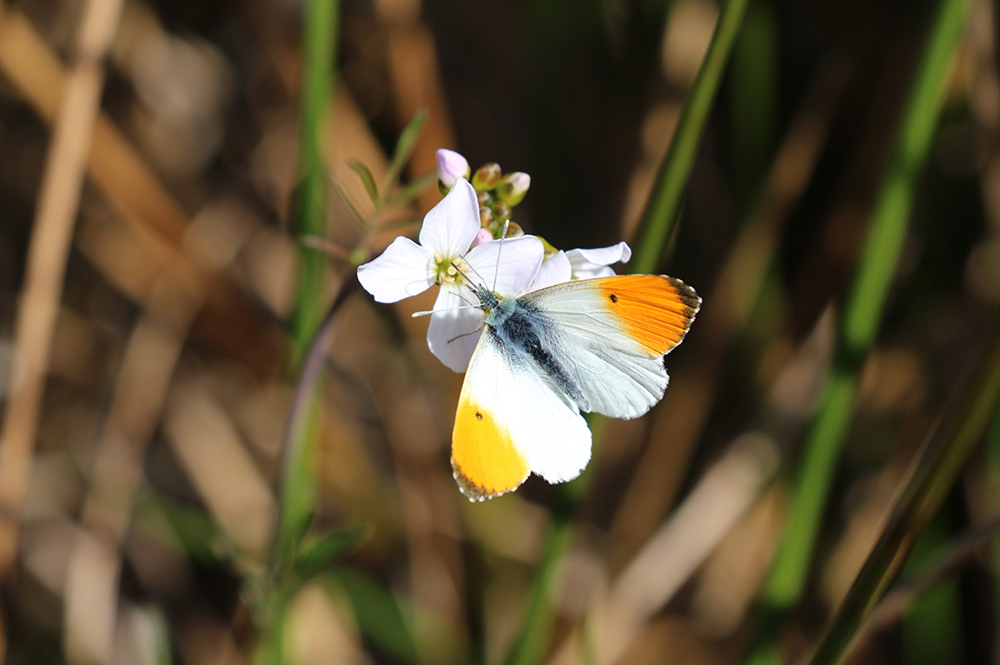
This very bright and conspicuous day flying moths can be found seen on the lower areas of the park where it feeds on a range of flowers.
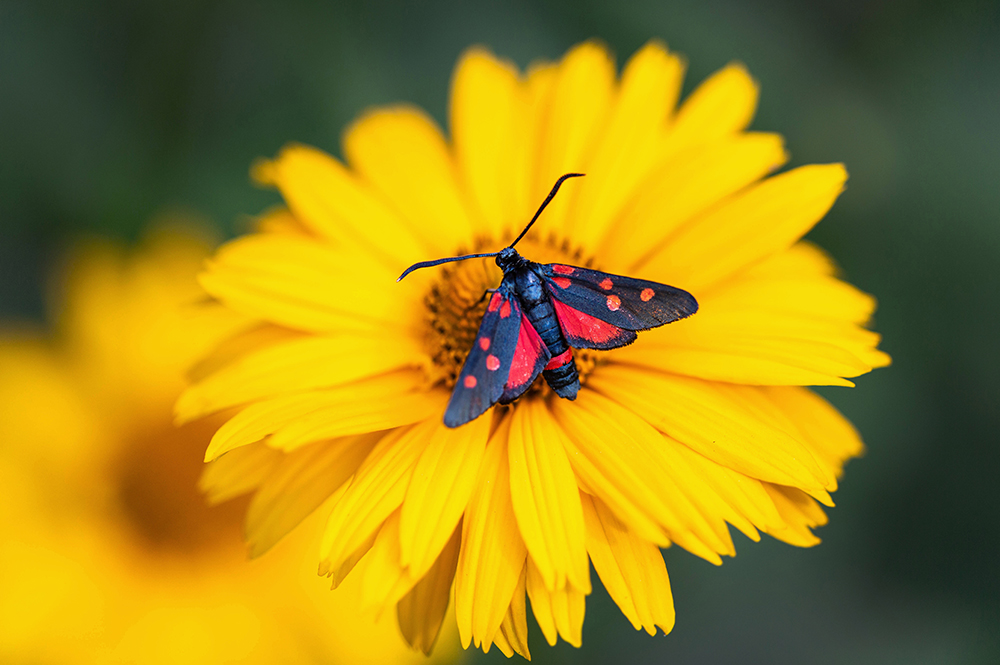
This common moth is often seen flitting around the trees in the park and the common. It is distinguished by the two white spots on the leading edge of the wings. The young feed on a range of trees from birch to willow. The female does not fly but remains near her birth place awaiting visits by the males.
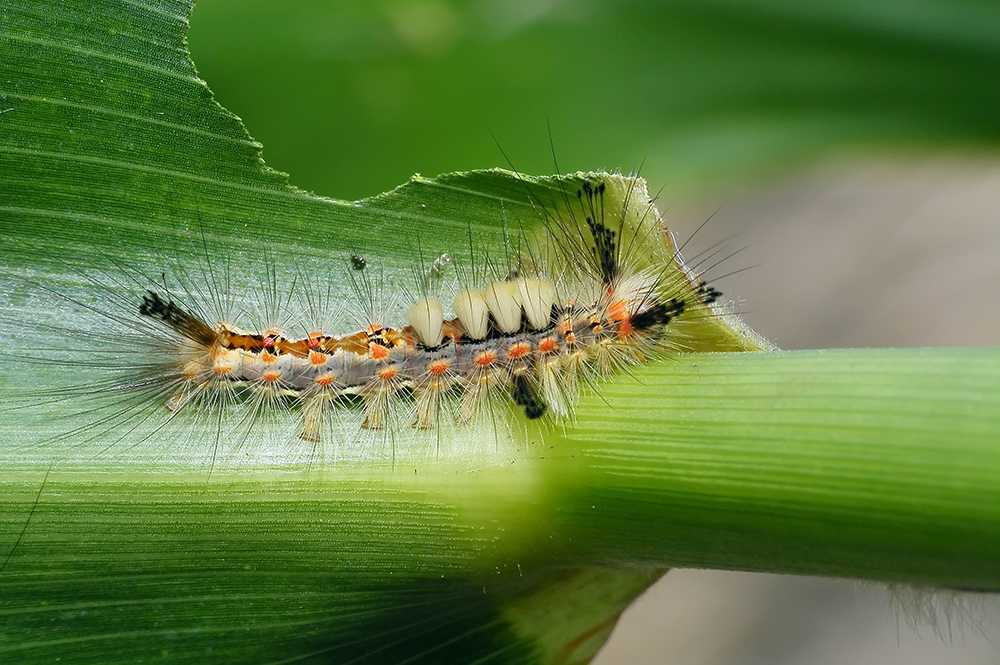
This very distinct moth can be seen across the British Isles and its pattern gives it its name. This is a small moth but quite common and easy to see with very recognisable markings. The caterpillars feed on a variety of wild flowers including dandelions and dock plants.
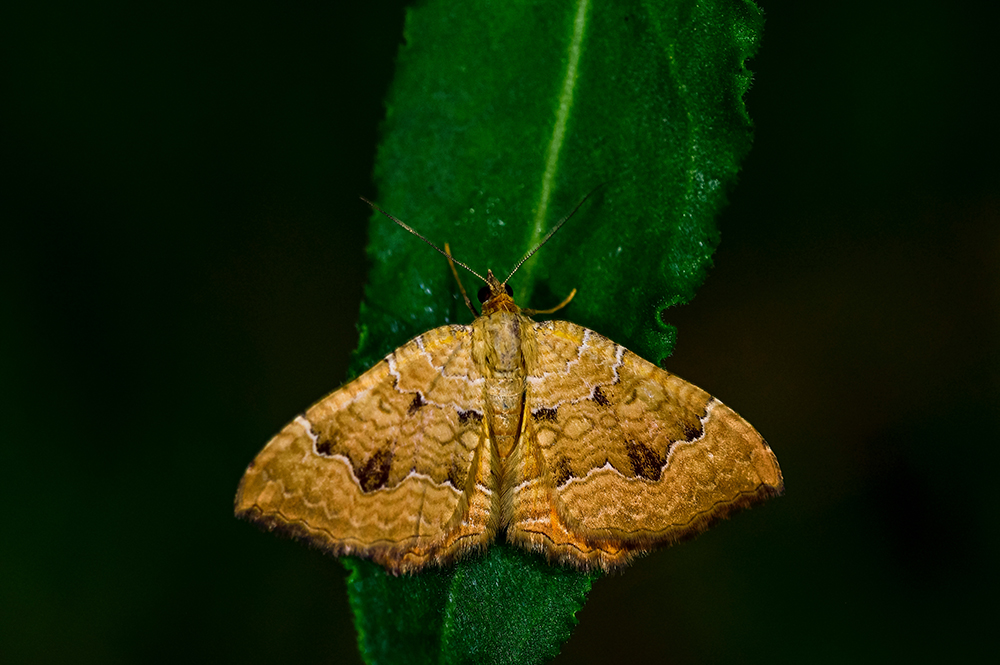
This moth takes its name from its colouration. It is quite large and is seen flying during the warm days looking for the resting sites of the females as they only fly at night and are rarely seen during the day. The caterpillars feed on brambles and some wild flowers.
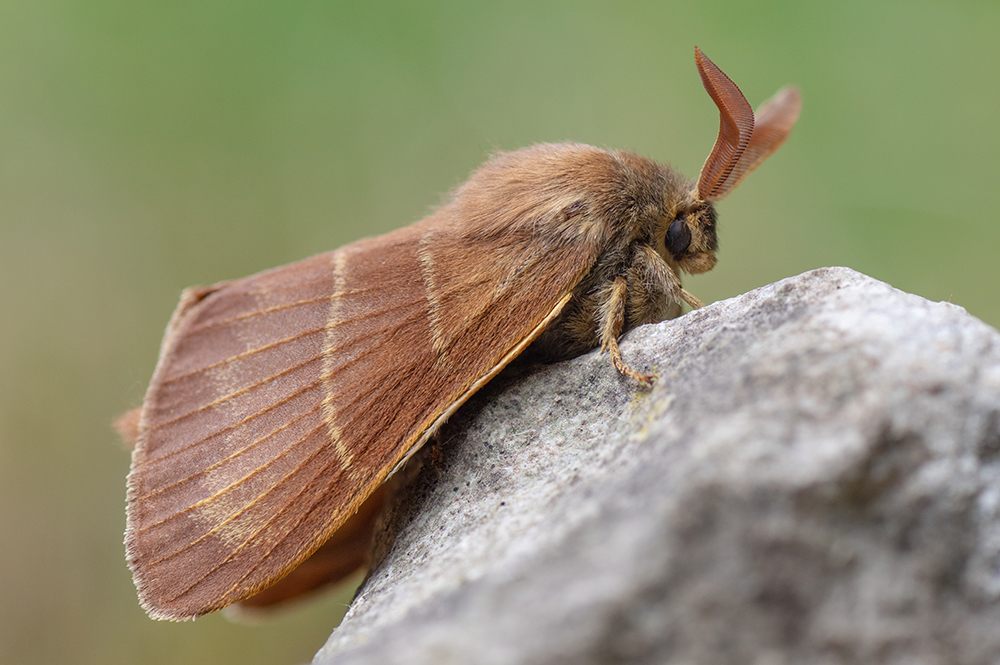
As its names suggests, this moth is primarily found in woodland, but can be found anywhere there is sufficient scrub to provide the shaded conditions that this butterfly favours which includes gardens and hedgerows. Males are often seen in sunny glades fighting a seemingly ritual dance ballet in a bid for ownership.

This large moth can often be seen flying around the birch trees but occasionally sunbathing in glades when the sun is strong. The young feed on the birch trees and occasionally on rowans. The females fly by night so again the male has to hunt out their resting sites during the day.
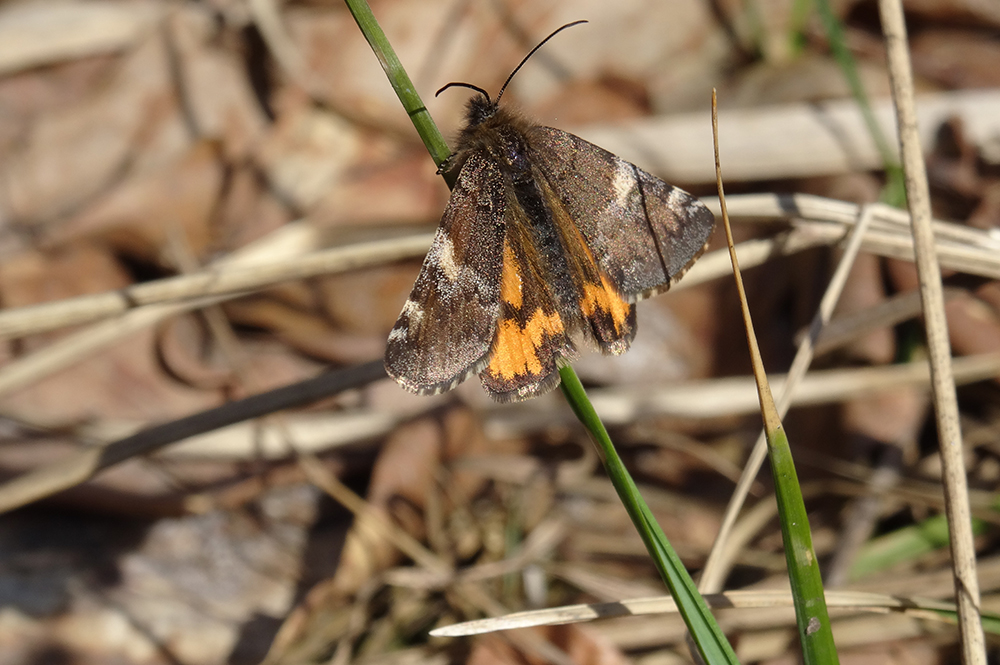
This day flying moth feeds on ragwort which can be seen in the park during the summer with the caterpillars feeding on the flowers and the leaves. Some plants will be left to enable this pretty moth to survive. Please note ragwort is poisonous but only if eaten by a horse.
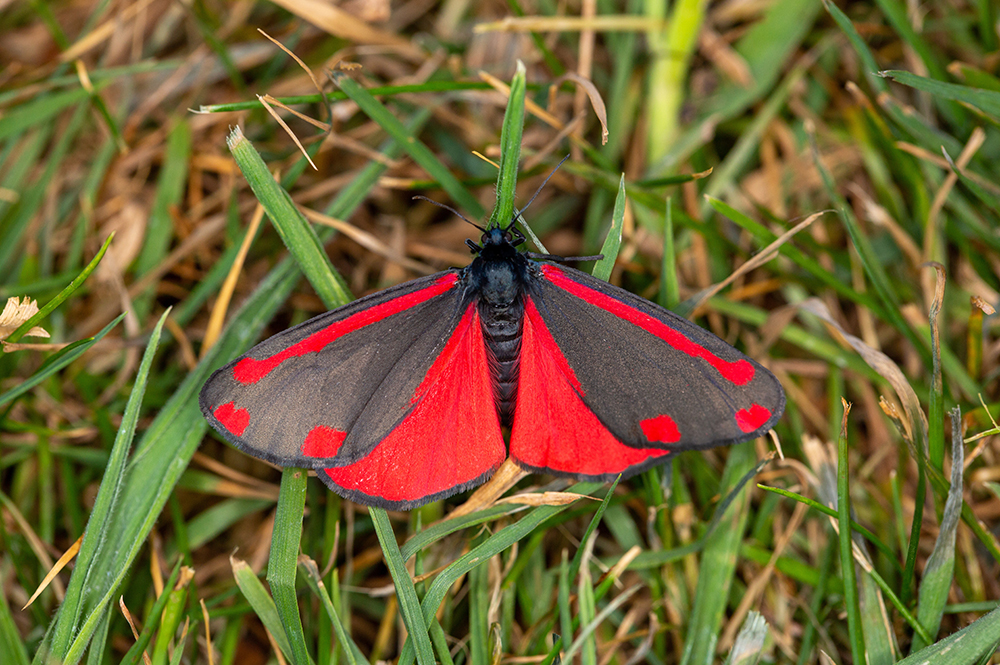
This moth and the following winter moth are found in the park where the caterpillars feed on the emerging oak leaves and other species. These do cause damage, but with the trees being so large treatment is very difficult. We must rely on the birds of the park eating the young caterpillars to feed their young and an increase in the moths usually results in an increase in the bird population.
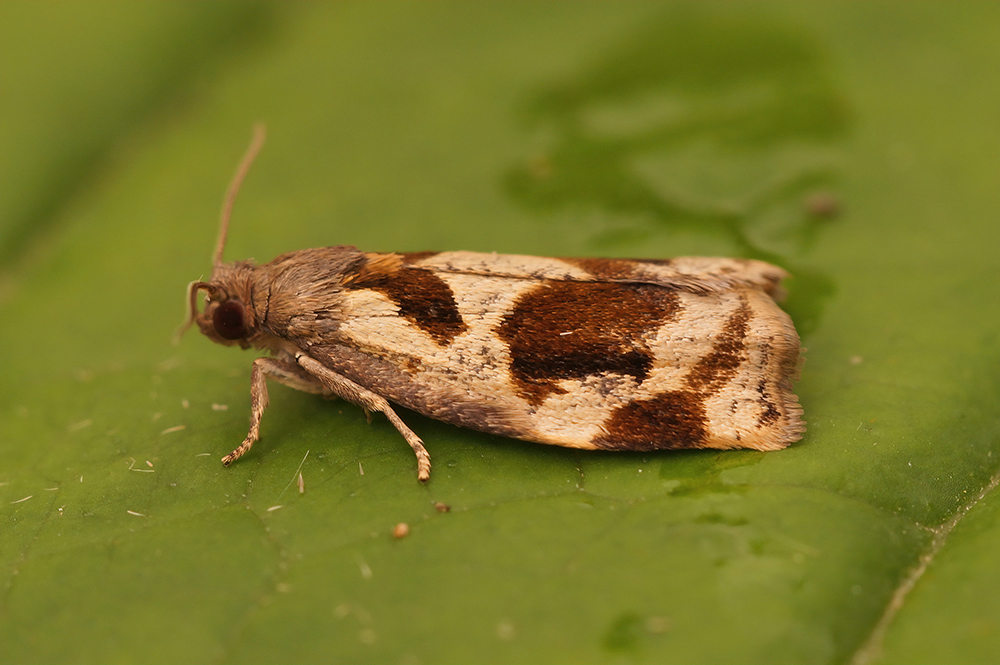
This is the second of the two main damaging moths in the park, along with the Oak Leaf Roller moth above. The caterpillars of the Winter Moth eat holes in the leaves, blossom and developing fruitlets of many tree fruits, ornamental trees and shrubs in early spring. It is seen for most of the year and flies in groups in the woodland glades and the edges of the woodland. This is a small dull moth with a big history because of the damage that it causes.
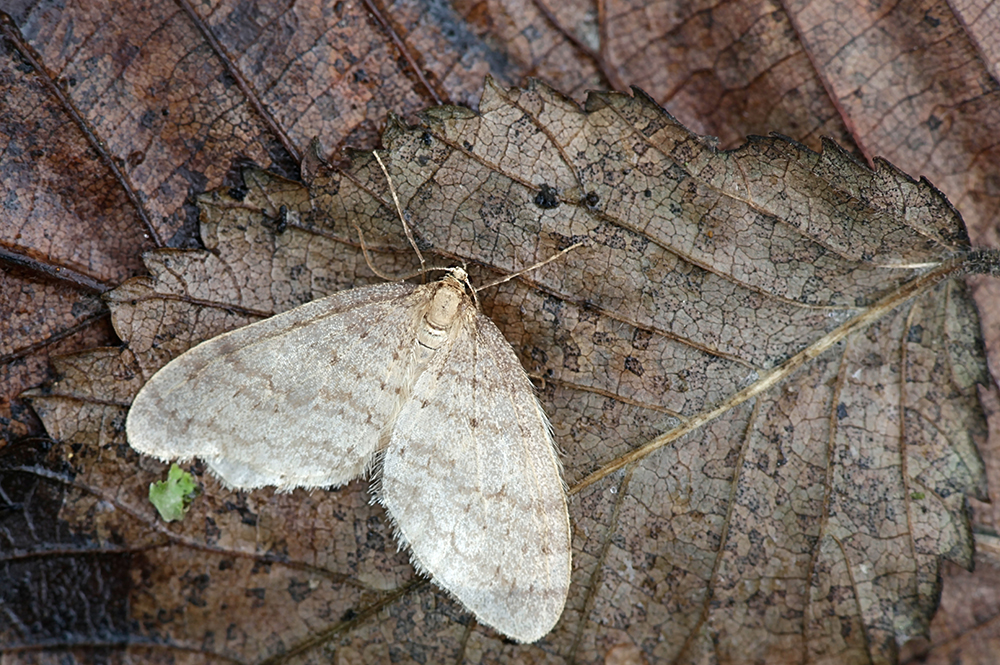
This is probably the first major butterfly seen in spring and it shines out on bright spring days flitting from flower to flower. The male has yellow top wings and the female is more white. Both rest with wings closed.

Widespread in England and Wales, starting to colonise Scotland, and occasionally seen in Ireland. Ragged wing edges distinguish this orange and brown butterfly. Undersides are brown with a white mark shaped like a comma.

The Common Blue is the most widespread blue butterfly in Britain and Ireland and is found in a variety of grassy habitats. The brightly coloured males are conspicuous but females are more secretive. The colour of the upper wings of females varies from almost completely brown in southern England to predominantly blue in western Ireland and Scotland, but the colour is variable within local populations with some striking examples.

As its English names suggest, the Gatekeeper (also known as the Hedge Brown) is often encountered where clumps of flowers grow in gateways and along hedgerows and field edges. It is often seen together with the Meadow Brown and Ringlet, from which it is easily distinguished when basking or nectaring with open wings. One of their favourite food plants is Ragwort which is found around the edges of the park.

One of the most easily recognised of the British butterflies. The adults overwinter and can be seen on warm days from February onwards. The young, a small black caterpillar, feed on fresh nettles before pupating and there are instances of two broods in one year.

This common butterfly is found all over Great Britain and is very easy to spot with the two broad bands of red with the white spotted tips. They feed on nettles for preference but will often be seen on such plants as buddleia and other flowering plants.

This increasingly common migrant is one of the most common butterflies being found throughout Europe. They are sometimes confused with the comma or the red admiral. It is only seen in the warmer months when they migrate and breed before the adults return south to continental Europe. They feed on thistles and nettles as well as nectar plants such as buddleia.

This is a common and widespread medium sized butterfly of gardens and hedgerows. Males have white wings with orange wing tips. Females are white with black wing tips. Both have mottled green underwings. It feeds on a wide variety of food plants and particularly likes a varied habitat with flowering herbage.

This very bright and conspicuous day flying moths can be found seen on the lower areas of the park where it feeds on a range of flowers.

This common moth is often seen flitting around the trees in the park and the common. It is distinguished by the two white spots on the leading edge of the wings. The young feed on a range of trees from birch to willow. The female does not fly but remains near her birth place awaiting visits by the males.

This very distinct moth can be seen across the British Isles and its pattern gives it its name. This is a small moth but quite common and easy to see with very recognisable markings. The caterpillars feed on a variety of wild flowers including dandelions and dock plants.

This moth takes its name from its colouration. It is quite large and is seen flying during the warm days looking for the resting sites of the females as they only fly at night and are rarely seen during the day. The caterpillars feed on brambles and some wild flowers.

As its names suggests, this moth is primarily found in woodland, but can be found anywhere there is sufficient scrub to provide the shaded conditions that this butterfly favours which includes gardens and hedgerows. Males are often seen in sunny glades fighting a seemingly ritual dance ballet in a bid for ownership.

This large moth can often be seen flying around the birch trees but occasionally sunbathing in glades when the sun is strong. The young feed on the birch trees and occasionally on rowans. The females fly by night so again the male has to hunt out their resting sites during the day.

This day flying moth feeds on ragwort which can be seen in the park during the summer with the caterpillars feeding on the flowers and the leaves. Some plants will be left to enable this pretty moth to survive. Please note ragwort is poisonous but only if eaten by a horse.

This moth and the following winter moth are found in the park where the caterpillars feed on the emerging oak leaves and other species. These do cause damage, but with the trees being so large treatment is very difficult. We must rely on the birds of the park eating the young caterpillars to feed their young and an increase in the moths usually results in an increase in the bird population.

This is the second of the two main damaging moths in the park, along with the Oak Leaf Roller moth above. The caterpillars of the Winter Moth eat holes in the leaves, blossom and developing fruitlets of many tree fruits, ornamental trees and shrubs in early spring. It is seen for most of the year and flies in groups in the woodland glades and the edges of the woodland. This is a small dull moth with a big history because of the damage that it causes.

